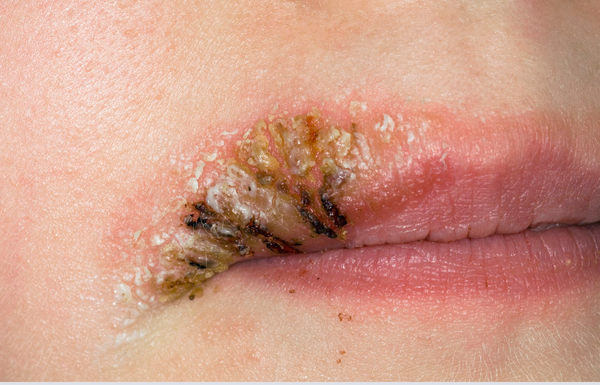Impetigo
What are impetigo?
Impetigo is a common and contagious skin infection in children. It is caused by bacteria, usually staphylococci or streptococci. Impetigo is not dangerous, but can be uncomfortable and often requires treatment.
If you suspect that your child has impetigo, you can contact a doctor at Dr. Dropin for advice and assessment. We offer both video consultations and consultations at our clinics.
Book an appointment



